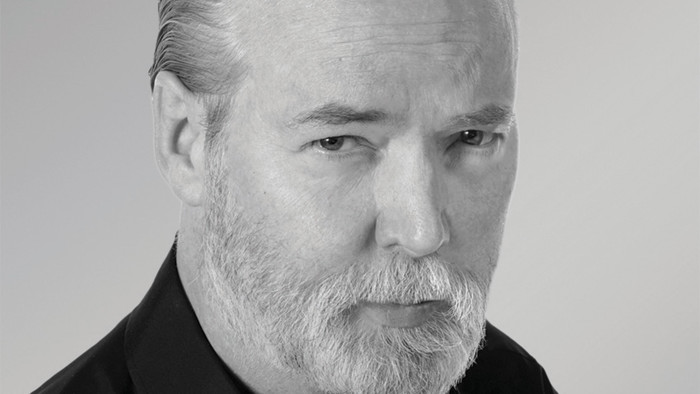Douglas Coupland: With Bells On — peace and quiet

Simply sign up to the Life & Arts myFT Digest -- delivered directly to your inbox.
There’s a reason libraries are presumed to be quiet places. We’re taught to think it’s because there’s a scolding schoolmarm perpetually lurking just out of sight, itching to pounce on us for the slightest sonic infraction. The real reason is more prosaic: irregularly protruding book spines coming out of their shelves are terrific for dispersing sound and creating environments that are mildly free of echoes.
Three years ago I had the borderline orgasmic experience of spending a few minutes alone in one of the technically quietest rooms on earth. No, it wasn’t in a salt mine 4,000ft beneath the surface of Chelyabinsk-70. Rather, it was in suburban New Jersey, at the Bell Laboratories Murray Hill anechoic chamber. The chamber, built in 1940, is a 30ft x 28ft x 32ft room with 3ft-thick cement and brick walls. Its inner walls are lined with alternating clusters of biscuit-shaped wedges of yellow fibreglass household insulation. This formation absorbs over 99.995 per cent of the incidental acoustic energy above 200Hz. At one time the Murray Hill chamber was cited in the Guinness Book of World Records as the world’s quietest room.
It’s heaven.
To enter, you pass through a Scrooge McDuck-like bank vault door and walk on to a steel mesh surface that has you floating in the exact mathematical centre of the room. It’s as if you’ve entered a genuinely magic space where normal rules of sound no longer apply. Inside the room, a Bell Labs staffer popped a balloon in my face and it made no noise. That’s because what we normally call a balloon pop is what is technically called a “sonic skeleton”. No sonic skeletons here.
…
In December 1988 I was walking to catch a streetcar on a snowy Toronto morning and 30 seconds out of the house I had a catastrophic sneeze. Looking at my Kleenex I saw an object the same size, shape and colour of a large, perfectly shaped green Thompson Seedless grape — except it had veins and something that looked like an umbilical cord. I took it directly to my doctor who said, “Well, at least it’s not inside you any more.” He had a point. But ever since that day I’ve been unable to sleep without earplugs, and also on that day I lost my ability to “focus” sound. Up to then I was merely hypersensitive to noise but — I don’t know what exactly happened — with that grape went what was otherwise somewhat normal hearing. Since then, a noise on one side on my head will cancel out a noise coming in from the other side. There’s nothing I can now do about this; it’s my brain. It’s like being able to see but nothing is actually ever clear. So I avoid spaces where sound comes from all directions. Concerts are fine because the music blasts from the stage. Fundraising dinners in large rooms are a blur, so I don’t go to them. Art openings and the like I also avoid: concrete walls and glass and the sound of 500 quacking ducks. There’s no point.
I think about noise more than most people simply because it all goes directly into my fight-or-flight brain nodule and wrecks much of life’s options. But it also makes me realise that people with normal hearing still put up with far more noise than they actually need to. In many public spaces, all one has to do is click one’s heels together three times and say, “I no longer want this noise.”
Example?
Gyms.
Gyms are the worst: mirrors, hard floors, clanging metal and music seemingly always ferociously controlled by a 23-year-old girl named Hayley. Ask anyone in a gym to lower the sound system and you might as well ask your dog its opinion on Russia.
Airport lounges are second worst. Oh look — is that a TV screen? Well then — we’d better blast out the sound — because that way people will know the TV is turned on. It’s so sad: all of these people seeking refuge during a weary travel day and they get CNN at full volume. Asking staff to turn it down is pointless. They simply make “that face” and if you push it you end up on the no-fly list.
And then restaurants. A really good one opened up down the street from me. Great food and a great owner — but all glass mirrors and tile. Inside it sounds like cutlery being shaken in a soup pot. Bonus: music controlled by a 23-year-old staffer (I asked). People remember these things even if they don’t realise it. Want to go to that new place down the street again? Hmmm . . . no. Let’s try somewhere else.
And then there’s leaf blowers. No, let’s not start.
…
Church bells were the internet of the 1500s but churches didn’t play them 24 hours a day. Back then they knew that as a species we’re not cut out for endless noise from endless sources, yet in the past century I think we’ve maybe tricked ourselves into thinking we are. There’s a message from those bells or, rather, the absence of a message.
Douglas Coupland is currently artist in residence at the Google Cultural Institute in Paris. He also has a museum show at Rotterdam’s Witte de With Center for Contemporary Art. Twitter @dougcoupland
Photograph: Ken Mayer Studios © Douglas Coupland
Comments